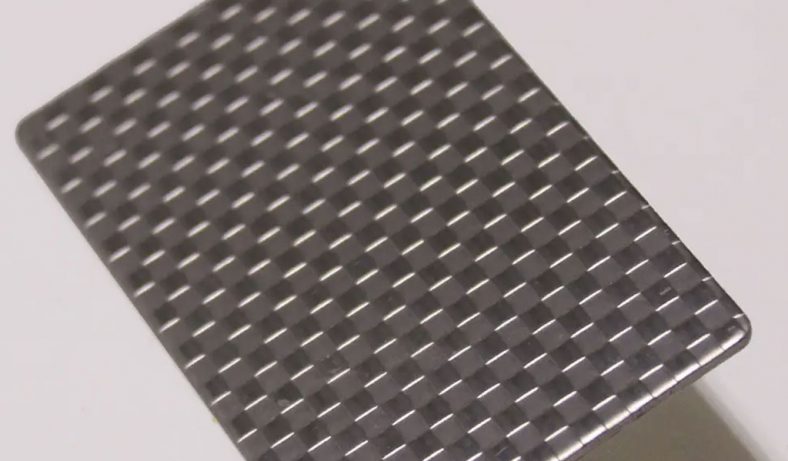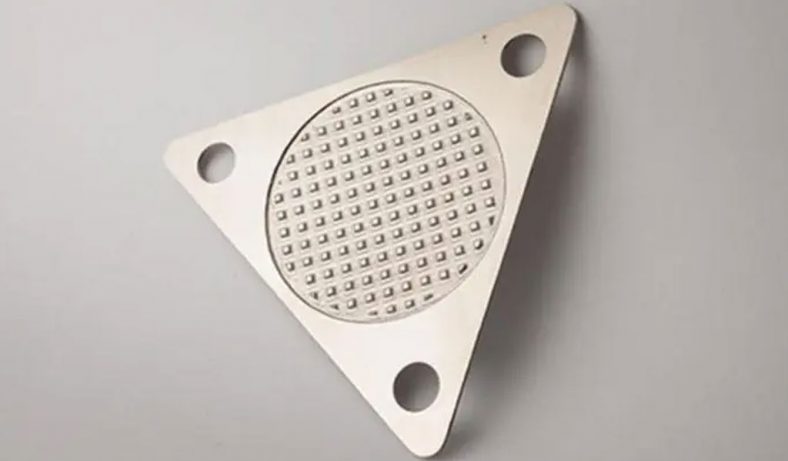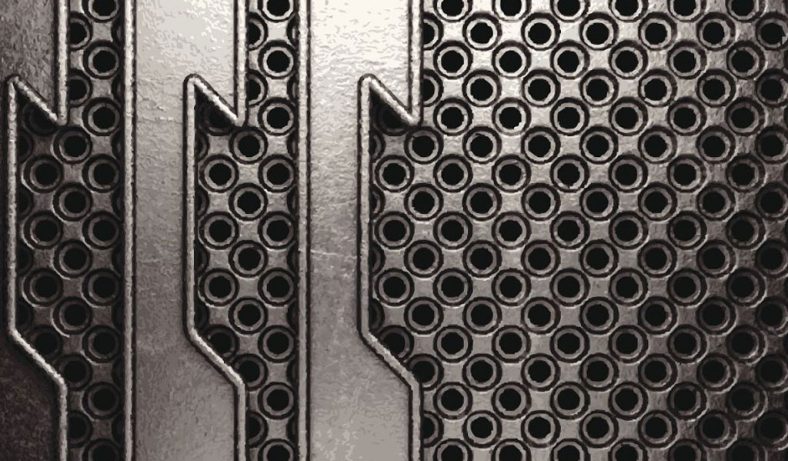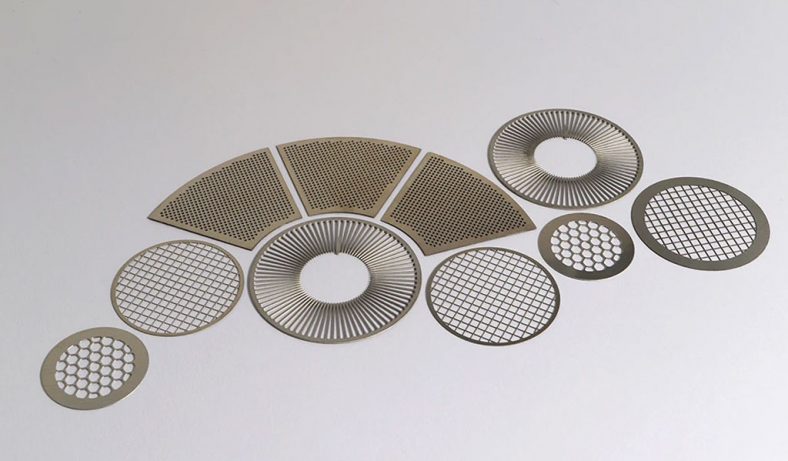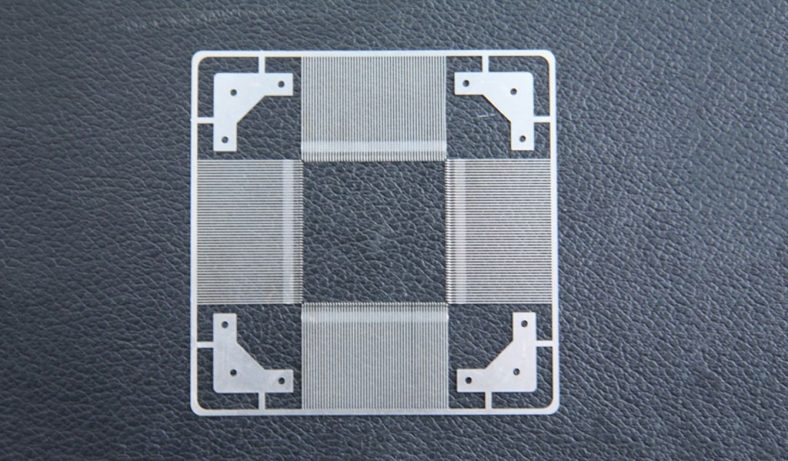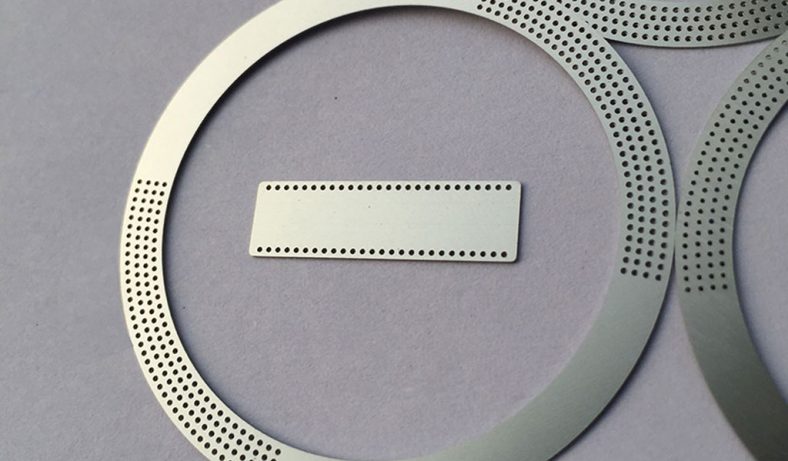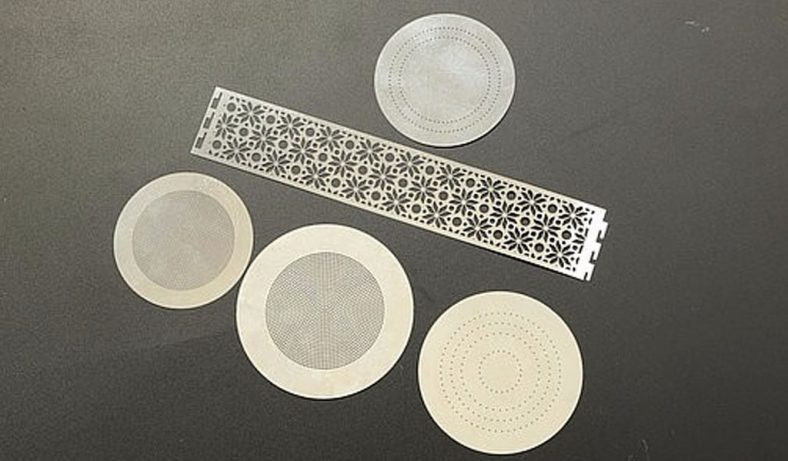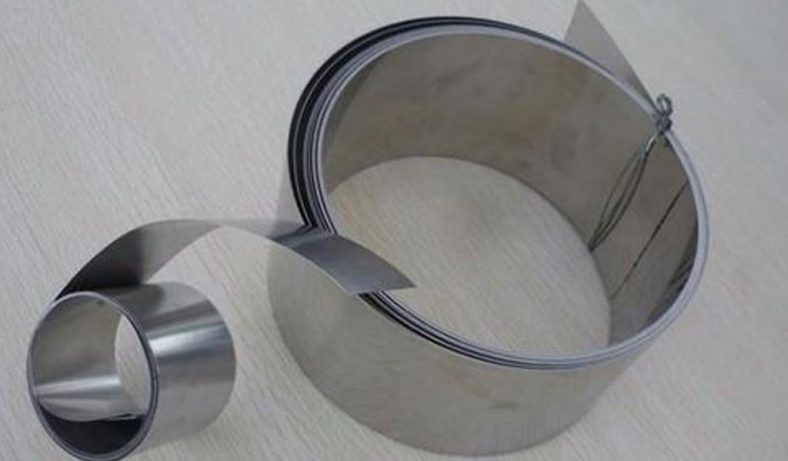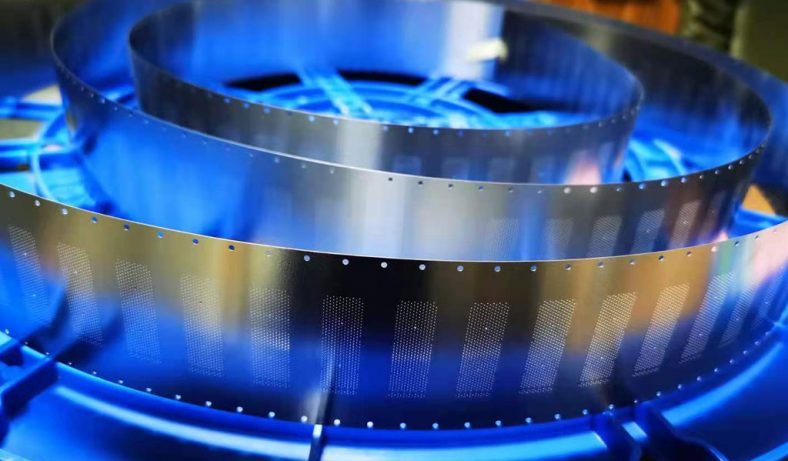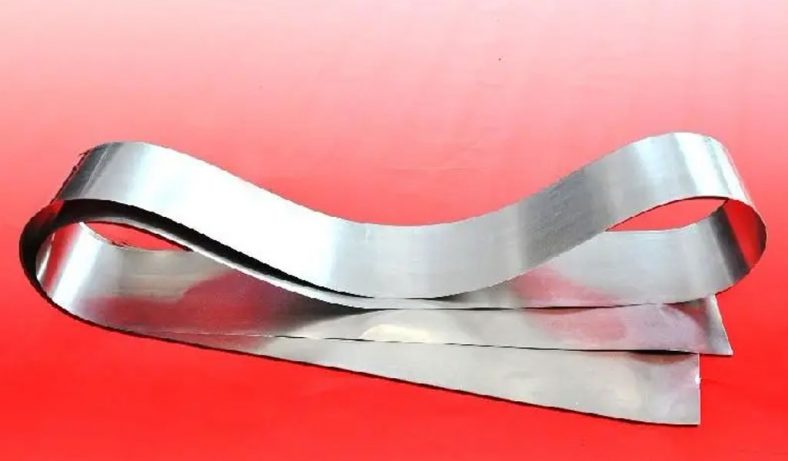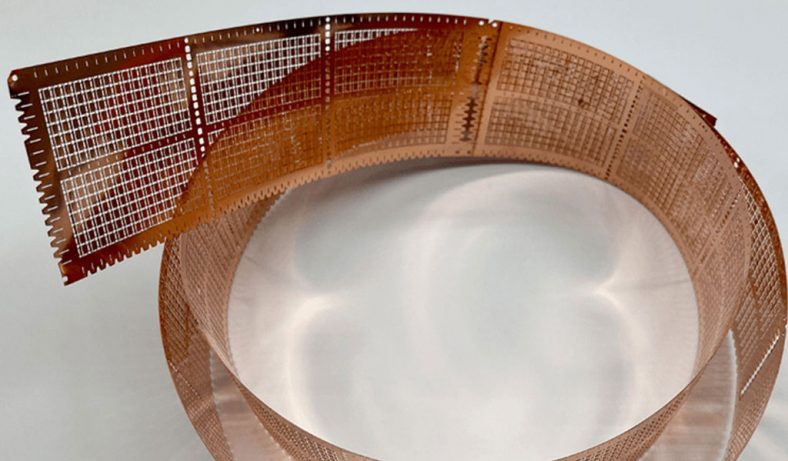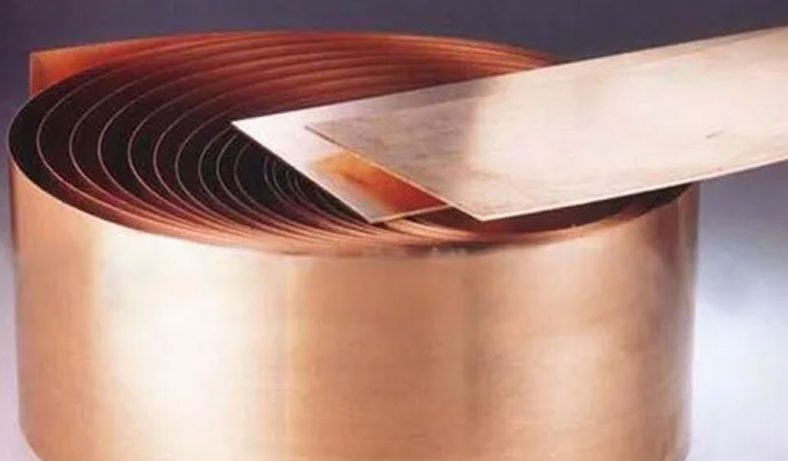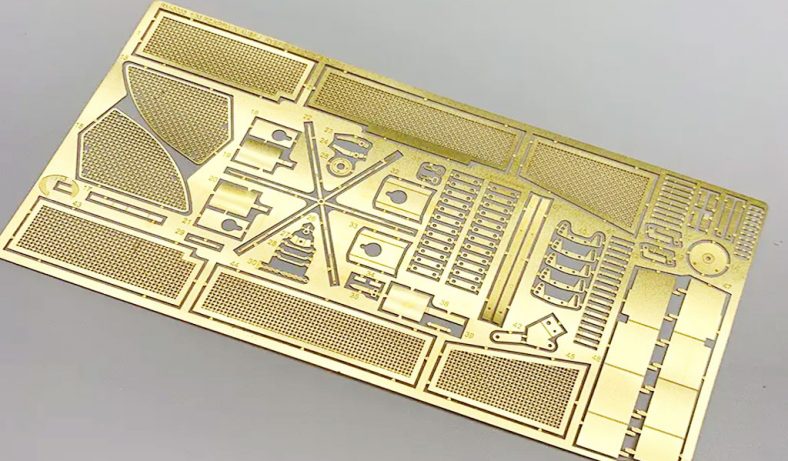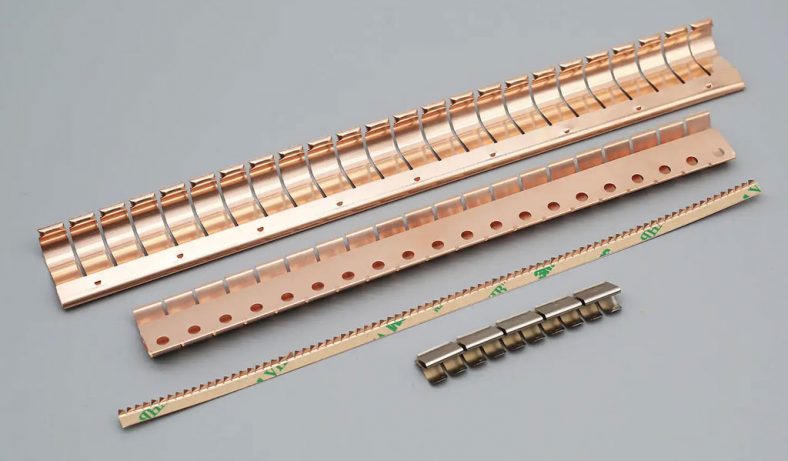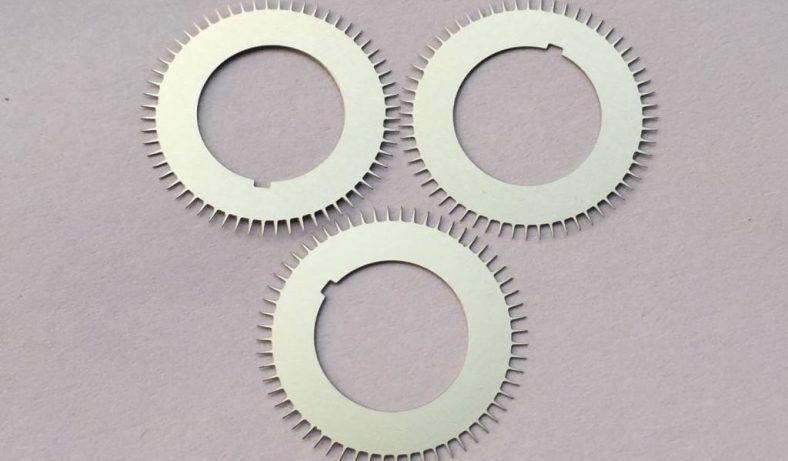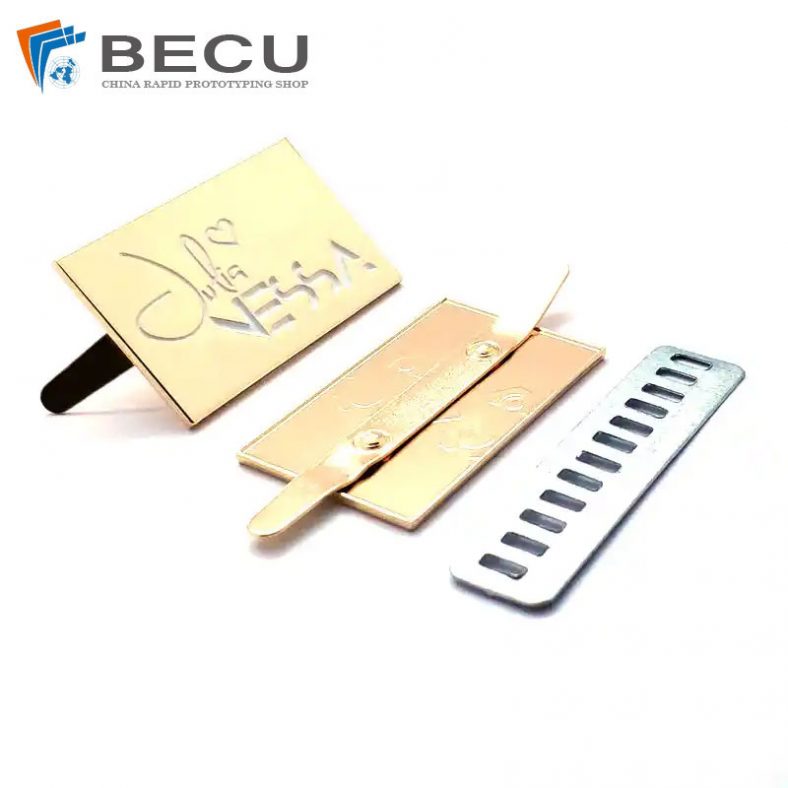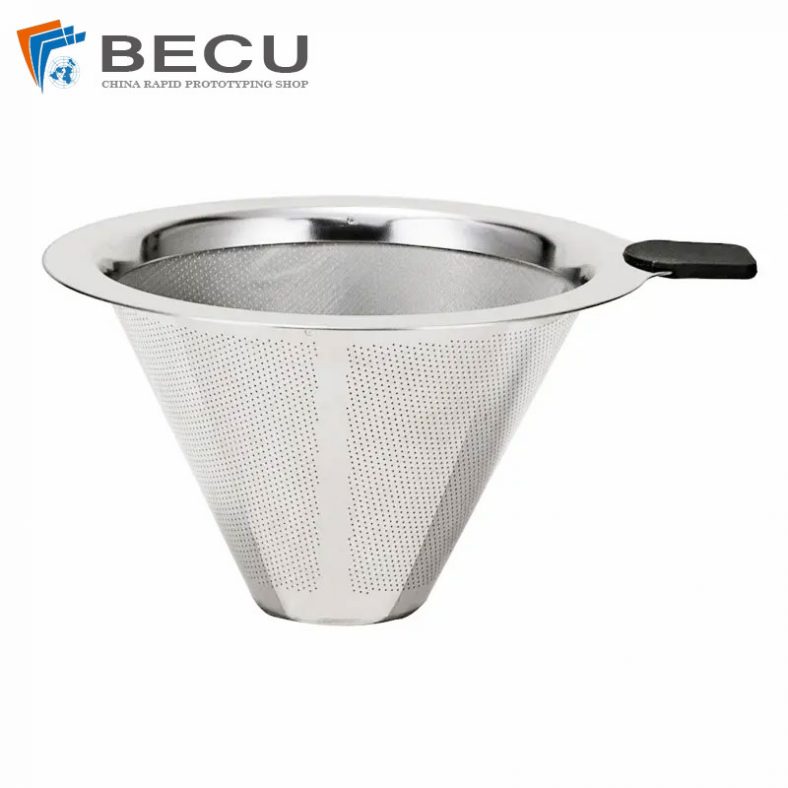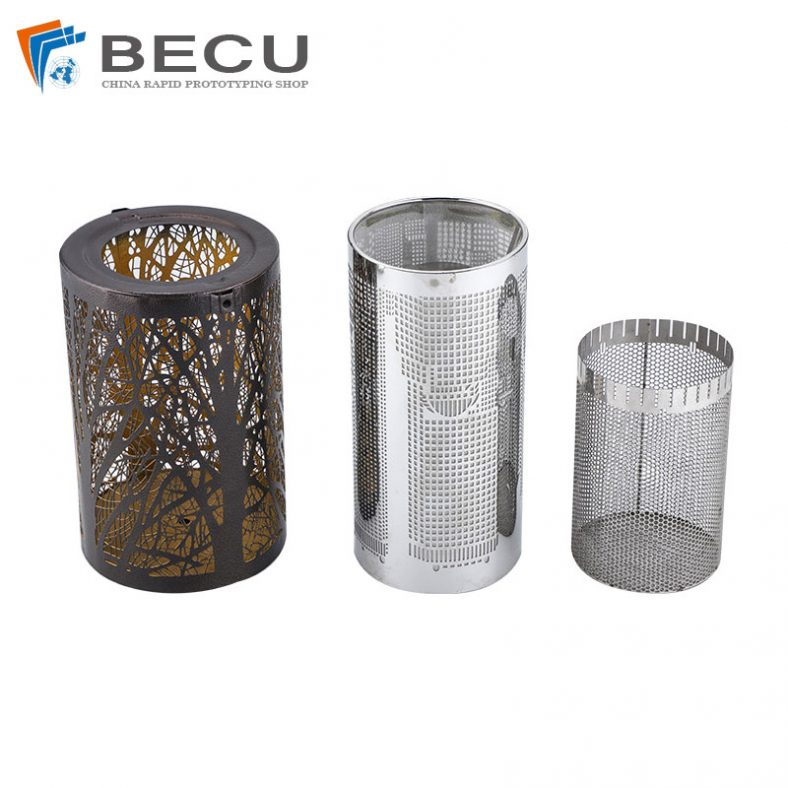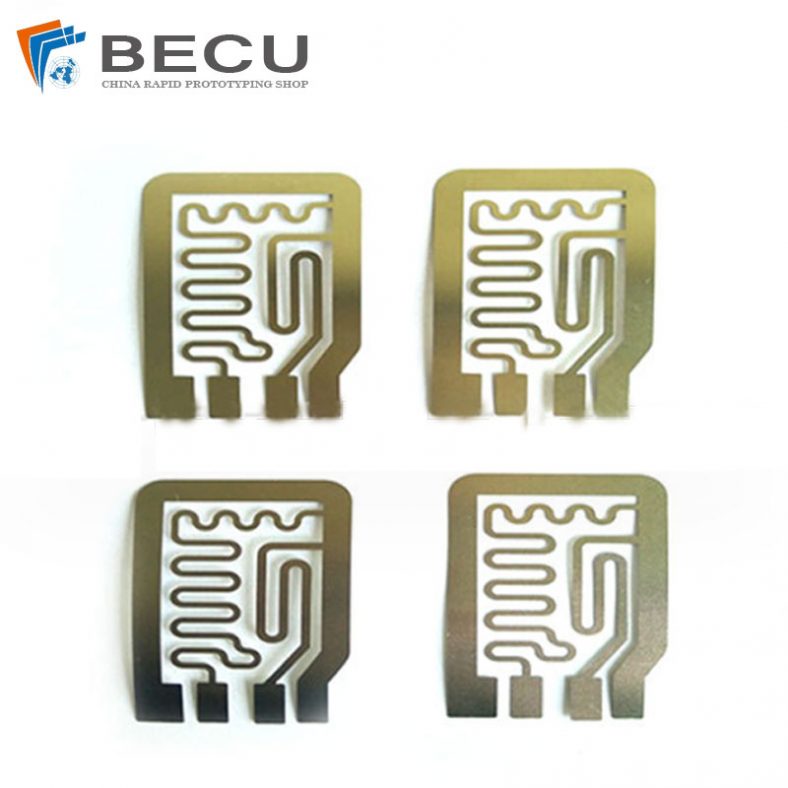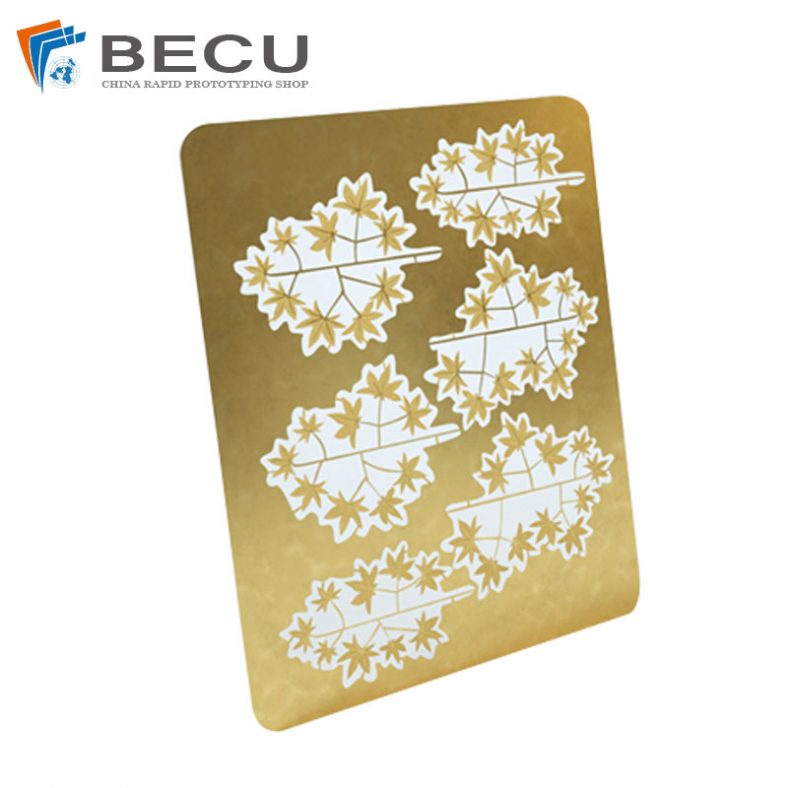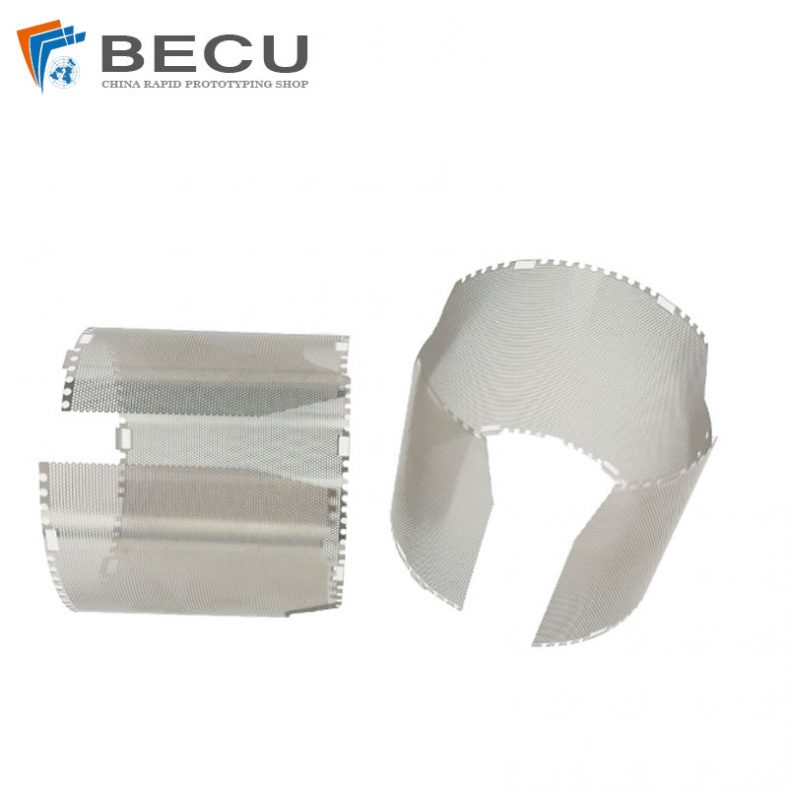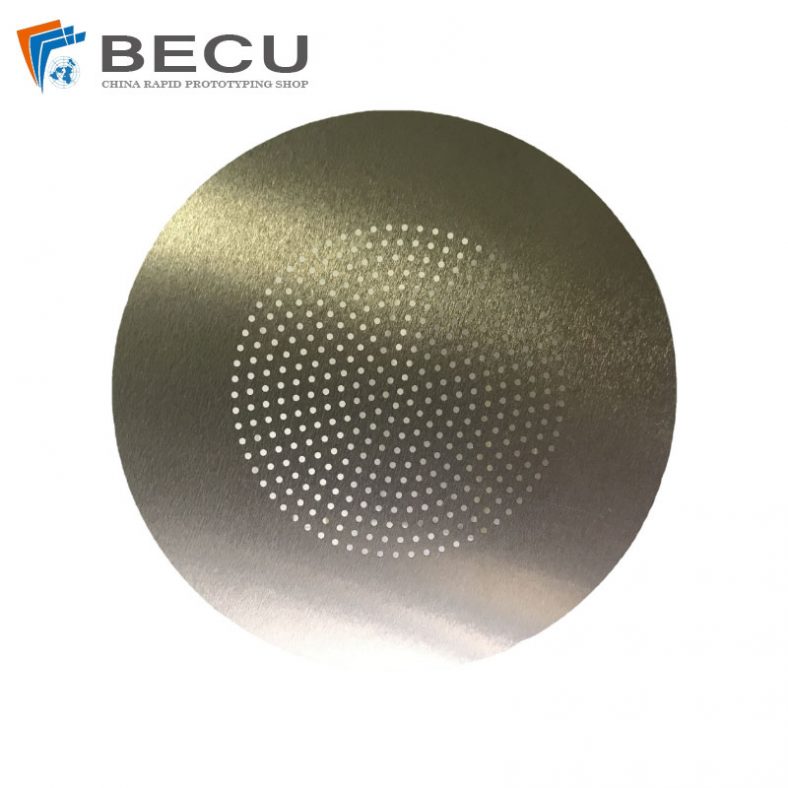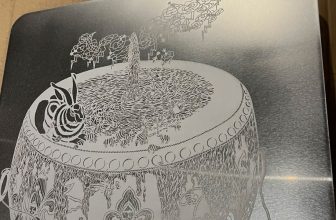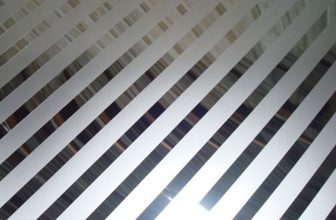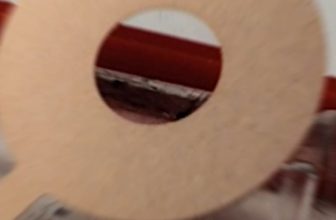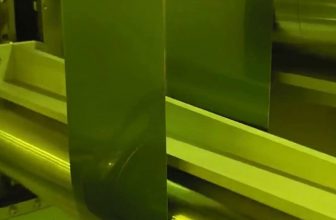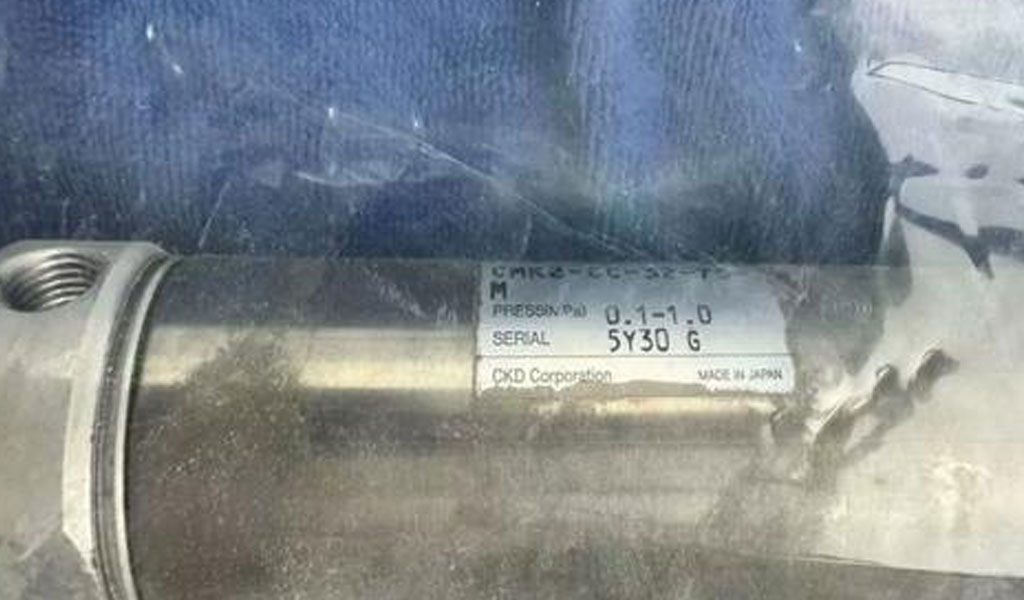
Etching is a critical process in the fabrication of printed circuit boards (PCBs) and other electronic components. The choice of etching solution significantly impacts the quality, efficiency, and environmental friendliness of the process.
Two prominent types of copper chloride etching solutions are acidic and alkaline. This article provides an in-depth comparison of acidic copper chloride etching solutions and alkaline copper chloride etching solutions, focusing on their chemical compositions, etching mechanisms, performance characteristics, environmental impacts, and industrial applications.
Chemical Compositions
Acidic Copper Chloride Etching Solution
Acidic copper chloride etching solutions typically consist of hydrochloric acid (HCl) and cupric chloride (CuCl₂). The primary reaction involves the dissolution of copper (Cu) from the substrate into the solution, forming cuprous chloride (CuCl) and cupric chloride (CuCl₂). The chemical reaction can be represented as:
Cu+2CuCl2→2CuCl+Cu2+
The presence of hydrochloric acid enhances the solubility of copper chlorides, facilitating the etching process.
Alkaline Copper Chloride Etching Solution
Alkaline copper chloride etching solutions, on the other hand, utilize ammonium chloride (NH₄Cl) and ammonium hydroxide (NH₄OH) along with cupric chloride (CuCl₂). The alkaline environment promotes the formation of complex ions, which helps in the dissolution of copper. The primary reaction can be represented as:
Cu+2CuCl2+4NH3→2Cu(NH3)2Cl+Cu2+
The ammonium ions form complexes with copper, aiding in its removal from the substrate.
Etching Mechanisms
Acidic Copper Chloride Etching
The etching mechanism in acidic solutions involves the oxidation of copper to cuprous ions (Cu⁺) and subsequently to cupric ions (Cu²⁺). The hydrochloric acid provides the necessary hydrogen ions (H⁺) to maintain the acidic environment, which facilitates the dissolution of copper. The process is generally faster due to the high reactivity of the acidic medium.
Alkaline Copper Chloride Etching
In alkaline solutions, the etching mechanism is more complex due to the formation of ammine complexes. The ammonium ions (NH₄⁺) and hydroxide ions (OH⁻) create a basic environment that promotes the dissolution of copper through the formation of soluble complexes. This process is generally slower compared to acidic etching but offers better control over the etching rate.
Performance Characteristics
Etching Rate
| Parameter | Acidic Copper Chloride Etching | Alkaline Copper Chloride Etching |
|---|---|---|
| Etching Rate | High | Moderate |
| Control | Lower | Higher |
| Uniformity | Good | Excellent |
| Selectivity | Moderate | High |
Acidic copper chloride etching solutions typically have a higher etching rate due to the aggressive nature of the acidic medium. This results in faster processing times but may lead to less control over the etching process. In contrast, alkaline solutions offer a more controlled etching rate, which is beneficial for precise and uniform etching.
Uniformity and Selectivity
Alkaline copper chloride etching solutions generally provide better uniformity and selectivity compared to acidic solutions. The formation of complex ions in the alkaline medium ensures a more even distribution of the etchant, resulting in a uniform etching profile. This is particularly important in applications requiring high precision and consistency.
Environmental Impacts
Waste Management
| Parameter | Acidic Copper Chloride Etching | Alkaline Copper Chloride Etching |
|---|---|---|
| Waste Generation | High | Moderate |
| Toxicity | High | Moderate |
| Recyclability | Low | High |
Acidic copper chloride etching solutions generate more toxic waste due to the presence of hydrochloric acid and copper chlorides. The waste management of acidic solutions is more challenging and requires specialized treatment to neutralize the acidic content and recover copper. In contrast, alkaline solutions produce less toxic waste and are easier to recycle, making them more environmentally friendly.
Regulatory Compliance
The environmental regulations governing the use of etching solutions are becoming increasingly stringent. Acidic solutions often face stricter regulations due to their higher toxicity and waste generation. Alkaline solutions, with their lower environmental impact, are generally more compliant with regulatory standards, making them a preferred choice for environmentally conscious manufacturers.
Industrial Applications
Printed Circuit Boards (PCBs)
Both acidic and alkaline copper chloride etching solutions are widely used in the manufacture of PCBs. Acidic solutions are preferred for high-volume production due to their faster etching rates. However, for applications requiring precise and uniform etching, such as fine-line PCBs, alkaline solutions are often the better choice.
Semiconductor Fabrication
In semiconductor fabrication, the choice of etching solution is critical for achieving the required precision and uniformity. Alkaline copper chloride etching solutions are generally preferred due to their better control over the etching process and lower environmental impact. The formation of complex ions in the alkaline medium ensures a more even distribution of the etchant, resulting in a uniform etching profile.
Metal Finishing
Acidic copper chloride etching solutions are commonly used in metal finishing applications due to their high etching rates and ability to remove surface impurities effectively. However, for applications requiring a more controlled and uniform finish, alkaline solutions may be preferred.
Economic Considerations
Cost of Materials
| Parameter | Acidic Copper Chloride Etching | Alkaline Copper Chloride Etching |
|---|---|---|
| Initial Cost | Lower | Higher |
| Operational Cost | Higher | Lower |
| Maintenance Cost | High | Moderate |
The initial cost of acidic copper chloride etching solutions is generally lower due to the simpler chemical composition. However, the operational and maintenance costs can be higher due to the need for specialized waste treatment and equipment maintenance. Alkaline solutions, while having a higher initial cost, offer lower operational and maintenance costs due to their easier waste management and recyclability.
Long-Term Sustainability
From a long-term sustainability perspective, alkaline copper chloride etching solutions are more economical. Their lower environmental impact and easier waste management reduce the overall operational costs and ensure compliance with regulatory standards. This makes them a more sustainable choice for industries looking to minimize their environmental footprint.
Future Trends
The trend in the etching industry is shifting towards more environmentally friendly and sustainable solutions. As regulatory standards become more stringent, the demand for alkaline copper chloride etching solutions is expected to increase. Advances in etching technology, such as the development of more efficient and less toxic etching agents, will further drive the adoption of alkaline solutions.
In conclusion, the choice between acidic and alkaline copper chloride etching solutions depends on various factors, including etching rate, uniformity, environmental impact, and economic considerations. While acidic solutions offer faster etching rates and lower initial costs, alkaline solutions provide better control, uniformity, and environmental sustainability. As the industry moves towards more sustainable practices, alkaline copper chloride etching solutions are likely to become the preferred choice for many applications.

